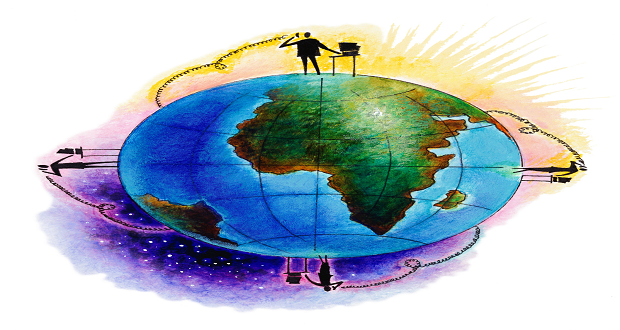
There have been multiple studies demonstrating the positive impact of diversity on organizational performance. Diversity is a direct driver of innovation and has a significant positive impact on nearly all KPIs, including business performance, engagement, and customer service. Research from the management consulting firm Gartner predicts that, through 2022, 75% of companies with diverse and inclusive decision-making teams will exceed their financial targets. Gartner also found that gender-diverse and inclusive teams outperformed their less inclusive counterparts by 50%. Additionally, companies with more diverse leadership teams report higher innovation revenue — 45% of total revenue versus just 26% for organizations with less diverse leadership, according to a 2018 report from Boston Consulting Group.
Not surprisingly, business leaders easily understand the diversity component of DEI. Having a diverse organization that is reflective of the community it serves is essential to success and performance in the market. Inclusion, however, can be a more elusive concept to grasp. Inclusion is about the collective. Inclusion involves creating a culture that recognizes, values, and embraces differences, and incorporates varying perspectives into the work environment. It is an active, intentional, and ongoing engagement with diversity. As organizations are putting their efforts into ensuring representation, it is the culture of belonging that ultimately allows each employee to realize their full potential, leverage skills, and share ideas openly.
Inclusion is about the collective. It involves creating a culture that recognizes, values, and embraces differences. It is an active, intentional, and ongoing engagement with diversity. Share on XThat being said, I do not want to diminish the importance of representation in any way. There are still significant gaps in organizational makeup — especially on the higher rungs of the ladder. In 2020, Latinx and Black executives represented only 3.4% and 1% of Fortune 500 chief executive officers (CEOs), respectively. Companies increasingly understand and strive to change the fact that their workforce is not accurately reflecting the communities they serve. While this effort is laudable, many erroneously set goals of improving “visible diversity” in their organizations in the form of establishing “quotas” in hiring, promotion, and representation; without effort toward changing organizational culture to be inclusive. This approach can lead to conformity and, in worst cases, tokenism.
Many set goals of improving 'visible diversity' in establishing 'quotas' in hiring and promotion without changing organizational culture to be inclusive. This can lead to conformity and tokenism. Share on XIn our work as diversity consultants, we frequently help clients who want to ensure that their organizations are as diverse and vibrant as the communities around them. Often, the primary objective is to understand how to attract and retain diverse candidates. Although leaders mean well, they do not always have the complete picture. Qualitative research with organizations’ constituents often reveals that lack of representation is just the tip of the proverbial iceberg, and there are several groups within the organization at a significant disadvantage —underrepresented, lacking a voice/seat at the table, or not feeling like they belong.
Qualitative research often reveals that lack of representation is just the tip of the iceberg, and there are several groups within the org at a disadvantage—underrepresented, lacking a seat at the table, not feeling like they… Share on XUnfortunately, this situation is all too common. Multiple recent studies report that the “soft metric” of belonging is down, across the board. This measure is important because it is a leading indicator of both the intent to stay with a company and job performance. In 2021, employee belonging was at an all-time low. Moreover, underrepresented groups are 1.6x more likely to have low belonging and, because of this, they are at higher risk of attrition than their peers. Your employees from historically marginalized groups are especially vulnerable and are disproportionately affected in an environment of low psychological safety.
Underrepresented groups are 1.6x more likely to have low belonging and higher risk of attrition. Employees from historically marginalized groups are disproportionately affected in an environment of low psychological safety. Share on XPsychological safety is what allows employees to take interpersonal risks, and low psychological safety puts us in a “fight or flight” mode, shutting down creativity and innovative thinking. It affects all aspects of work, including collaboration, employee engagement, and productivity. The most important things a leader can do are to ask for feedback, provide safe spaces to speak up, and connect as human beings. Building an inclusive culture is essential to attracting and retaining diverse talent.


















